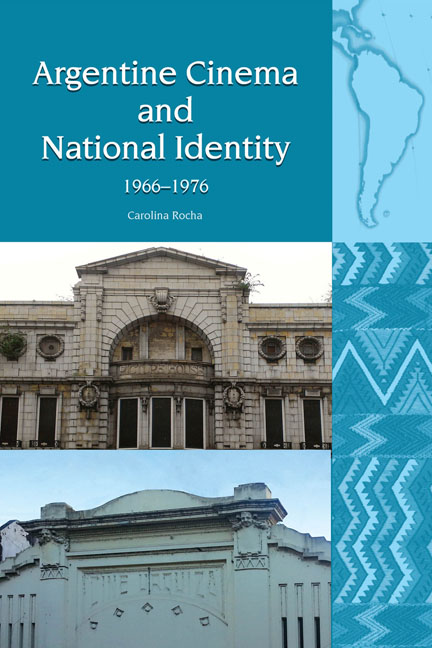Section II - The Cinematic Gauchesque
Summary
In this section, I study the 1960s and 1970s cinematic adaptations of key gauchesque texts written from the end of the nineteenth century to the 1920s. The gauchesque is a literary genre concerning the gauchos, rural inhabitants of the pampas who were recruited by force to join the patriotic armies and were seen as the quintessential Argentines. For literary scholar Josefina Ludmer, this genre constitutes ‘a learned use of popular culture’ (2002, 3), for the orality of the gauchos (their colloquialisms and linguistic idiosyncrasies) is used by an educated author who seeks to include them in the modern (post-1880) Argentine state (2002, 8). I first provide a brief summary of the evolution of the literary and cinematic gauchesque to introduce the five films with gaucho characters that were shot and released in the late 1960s and early 1970s: Martín Fierro (Leopoldo Torre Nilsson, 1968), Don Segundo Sombra (Manuel Antín, 1969), Santos Vega (Carlos Borcosque Jr., 1971), Juan Moreira (Leonardo Favio, 1973), and Los gauchos judíos (Juan José Jusid, 1975). As is advanced in the titles of the first four, these are biopictional films, a term coined by Janet Walker to refer to Westerns which focus on individual characters (2001, 14). I also do close analysis of these five films, relying on film studies theories on Westerns and concentrating on one of the main features of Argentine culture: the civilization-versus-barbarism dichotomy. Indeed, this dichotomy allows the exploration of these films and their interpretation of the nation-building process. Furthermore, following Pierre Sorlin, who suggests that ‘the success of a new film must be taken into account, although I admit the criticism is a very ambiguous one: bad films can be transformed by good publicity and vice versa, but we have no other method of assessment’ (2001, 36), I survey the critical and public reception of these films and examine the ways in which they contributed to nation building and the spread of nationalism. My analysis approaches these works as heritage films, that is, high-quality and mostly realist films that depict the cultural and literary heritage of Argentines.
While Argentine film produced after 1956 has traditionally been characterized by auteurism and modernity (Lusnich, 2007, 30), after 1968 several films depicted the national past as a way to strengthen Argentine identity.
- Type
- Chapter
- Information
- Argentine Cinema and National Identity (1966–1976) , pp. 73 - 82Publisher: Liverpool University PressPrint publication year: 2018



